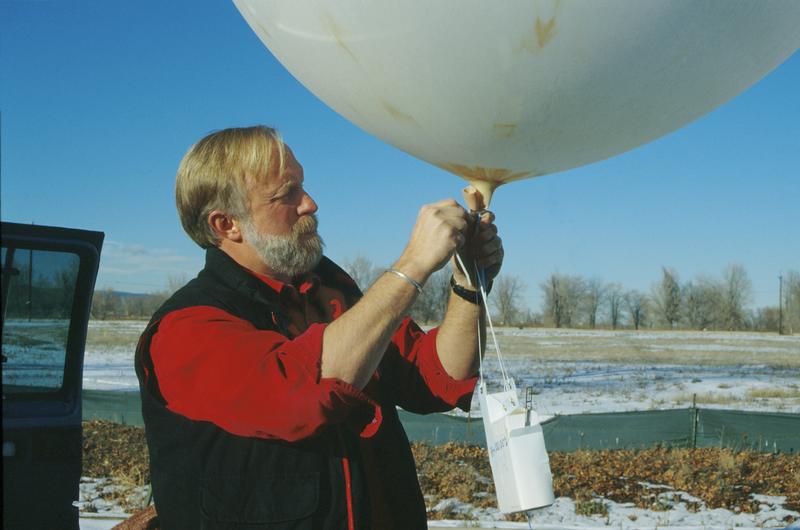Weather balloons with instrument packages attached have been a mainstay of atmospheric observing since the 1930s. The instruments measure temperature, pressure, and humidity at frequent intervals as they rise, and the readings are sent via radio to a control center. The location of the instrument package can be monitored by a Global Positioning System (GPS), which enables the wind speed and direction at each height to be inferred.
GAUS (GPS Advanced Upper-air Sounding system) is a balloon-borne rawinsonde receiving rack developed at NCAR. GAUS measures high vertical resolution of temperature, humidity and winds and can be deployed at locations around the world. Each system includes a meteorological observing station to record thermodynamic data at the surface and the infrastructure to provide local data processing, display and communications. Data from GAUS can be transferred by phone, Internet or the Global Telecommunication System (GTS) to scientists at universities, other research institutions and operational weather centers. Mobile GAUS (MGAUS) is used by scientists to investigate rapidly moving or targeted phenomenon.
